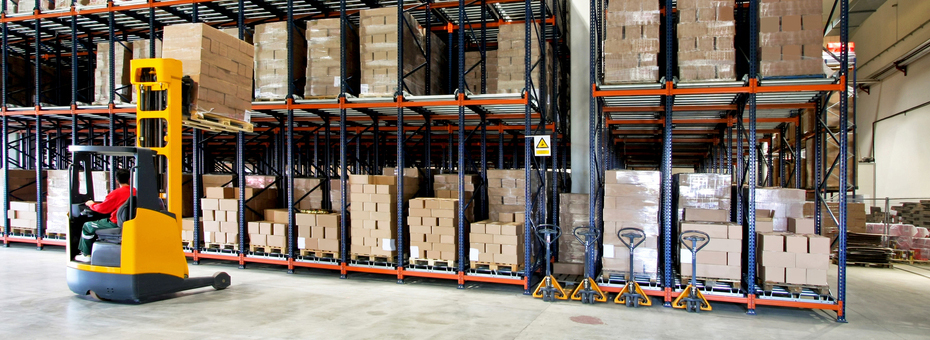As I mentioned in The Lean Turnaround, Lean can work to improve any company and a distributor is no exception. In fact, understanding how these principles apply regardless of the setting can help individuals see how Lean can apply to their gemba.
So, how does Lean work for a distributor? In this case, I would break lean implementation into two broad categories. The first would be applying lean thinking to the fundamental model of what it means to be a distributor. The second is applying the lean approach to all the processes a distributor uses to run the business.
Let’s start with applying lean thinking to the business model of a distributor. Broadly speaking, a distributor is a middleman. It buys various products from a large number of manufacturers, warehouses them, and then sells/distributes them to a wide array of end users in their geographic territory. This is beneficial for the manufacturers who find it cost prohibitive to reach these end users on their own. Most distributors believe one of their main advantages is their ability to respond quickly to the demands of the end user by carrying a large amount of inventory. The expression, “you can’t sell from an empty wagon” is often the way distributors express this. Taking this a bit further, distributors are usually willing to buy in bulk to get volume discounts. They’re often quite happy to hold 3-6 months of a product on the shelf if that gets them a slightly lower cost (even by just a few cents) than their competitors.
Let’s look at this practice through a lean lens. In Lean, we think of inventory as “the root of all evil” because it hides the waste you are trying to remove. But you have to ask yourself about the costs you are taking on: the costs of the extra space to store excess inventory and move it around, the costs of extra damage, the cost of borrowing money to carry it, and eventually the costs of writing it off or dealing with returns if it becomes obsolete. Do the pennies achieved by placing large orders really offset these additional costs?
Most distributors have an MRP system that helps them order the next three months worth of inventory when a particular product reaches a certain level. But, what if instead, you simply got your top 20 vendors by volume (which probably accounts for 65-80% of your total sales) to agree to deliver every week? Then instead of ordering 3 months worth of inventory at a time you simply told each of your vendors what you sold everyday. This would tell them what to make and put on the truck for next week’s delivery. Pretty soon you would find that you no longer needed to carry 3-6 months of inventory to satisfy your customers. In fact, with weekly replenishment of what you sold the week before you should be able to get by with only a week’s worth of inventory for the A and B items and maybe only 2-3 weeks for the C and D items. You would free up a lot of space and cash that could be used to add new items or just add to your bank account. Handling costs, borrowing costs, and damage costs would all go down and you could probably run the business with fewer people. That’s the business model.
Now, let’s apply the lean approach to all the processes you use to run the business. Lean will eliminate waste in every one of them from HR processes to accounting processes as well. Let’s focus on one of your bigger processes, picking orders in the warehouse to ship to your customers. Almost everyone does this on an order by order basis. Unfortunately, this is very wasteful and hard to control. You are much better off if you pick by size or zone and time. For example, if I divide the products in my warehouse by physical size into small, medium, and large picking areas or zones, then I can determine how many picks [items] can be picked in each zone in a certain amount of time. If I then assign my pickers a 10 minute pick cycle [i.e. 6 cycles per hour] I will know how many items they should be able to pick in each cycle depending on what zone they are sent to. This requires me to then consolidate the picks back together at the end by customer but this is relatively easy and has the advantage of providing a second 100% quality check as well.
One of my portfolio companies recently implemented this in one of their distribution warehouses with the following results: headcount went down 42%, they freed up 35,000 square feet of space [saving $180,000 per year in rent], picks per ten feet of rack went up 376% and best of all shipping errors declined by 90%.
The point of all this of course is that, yes, a lean strategy not only applies to a distributor, but it can result in significant savings. After all, it’s your money out there in the warehouse just sleeping in the form of excess inventory. Why wouldn’t you want to pick that money up and put it to better use?





